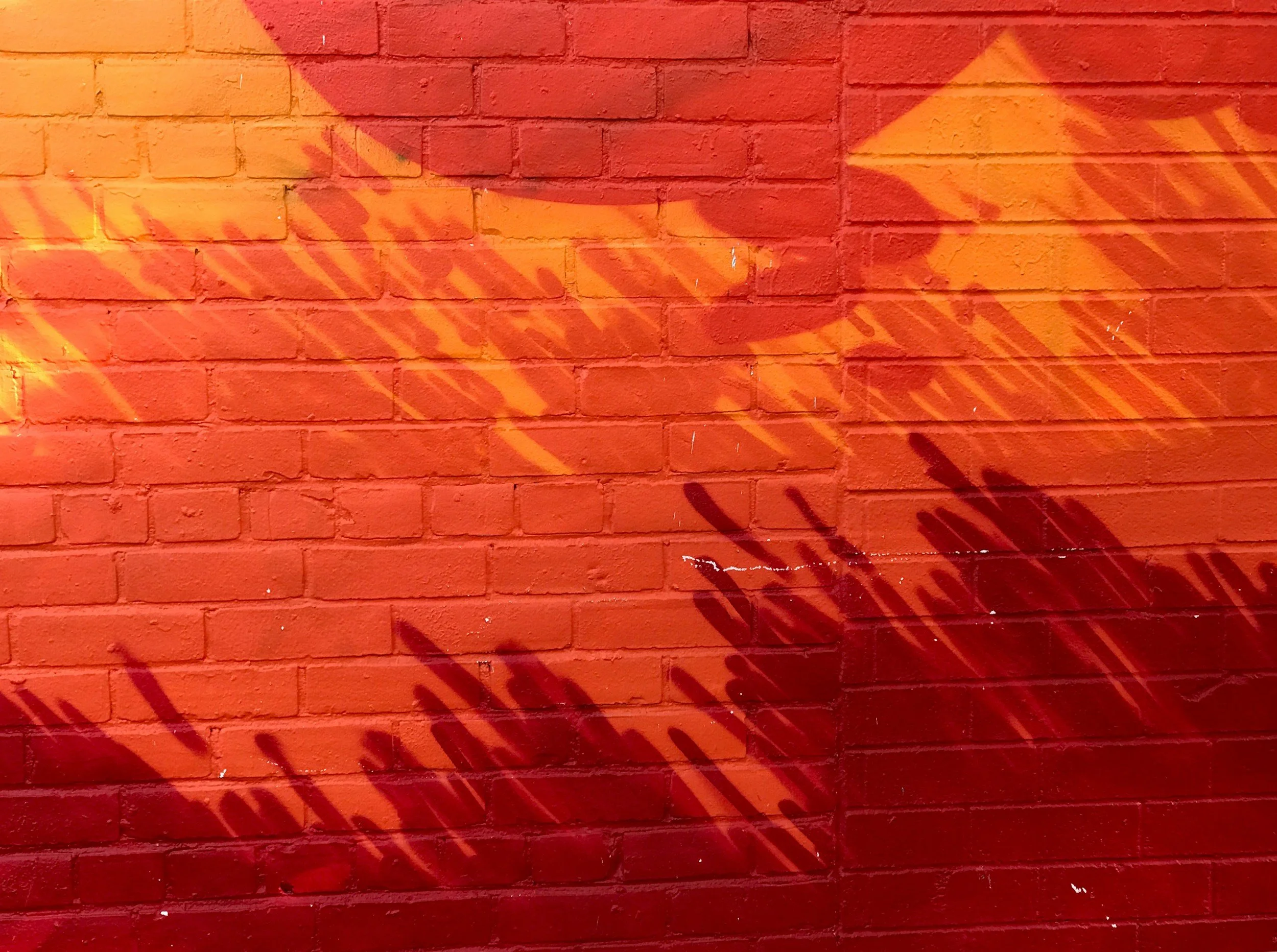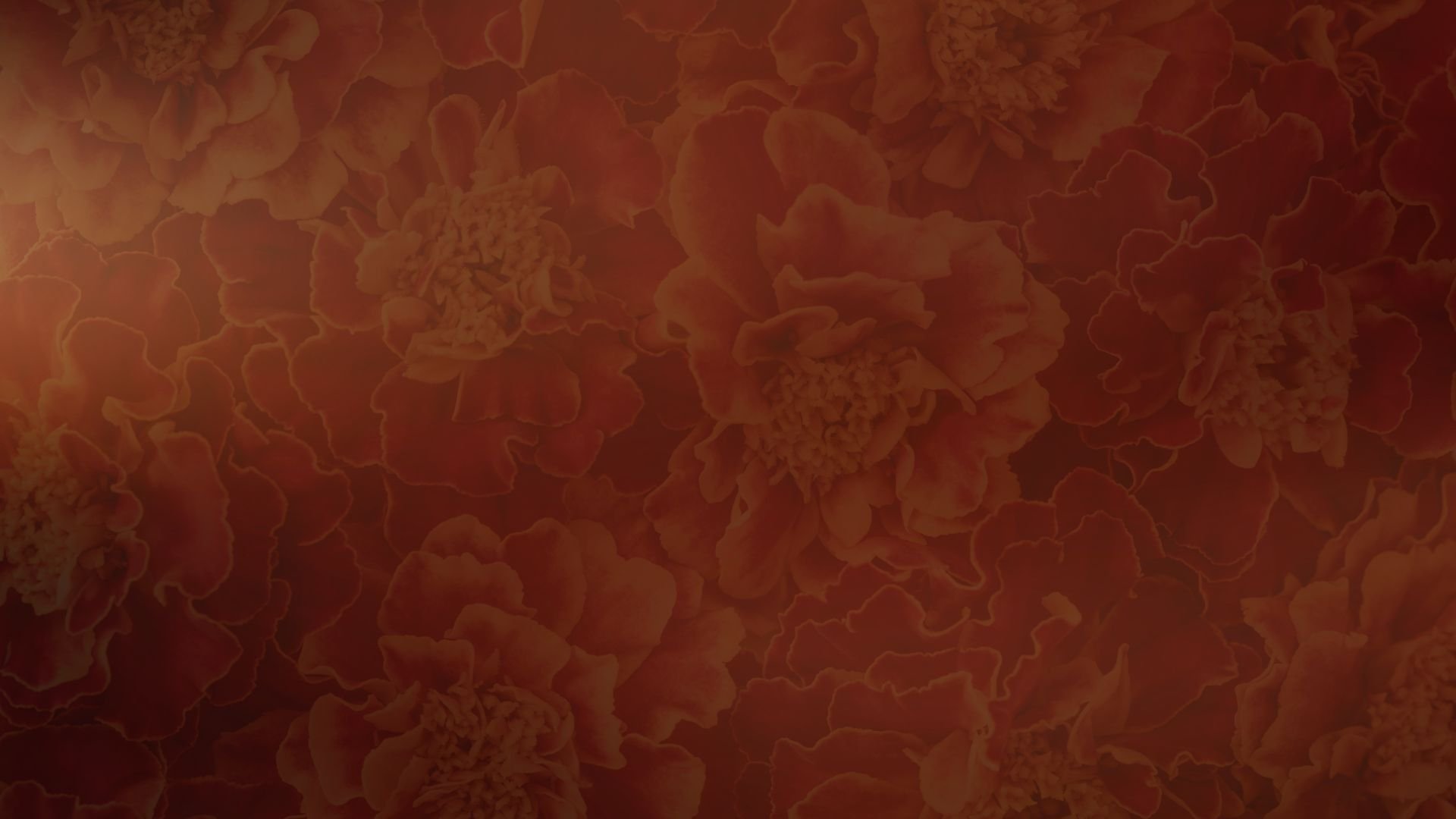
A legend, reimagined with empathy. Ballet 5:8’s La Llorona tells Maria’s story through powerful choreography and a haunting score—illuminating postpartum depression with tenderness, not fear. Experience love, loss, and hope—live on stage.
A legend, reimagined with empathy. Ballet 5:8’s La Llorona tells Maria’s story through powerful choreography and a haunting score—illuminating postpartum depression with tenderness, not fear. Experience love, loss, and hope—live on stage.
Upcoming Performances
Bloomington, IL — Sun, Sep 21, 3:00 PM
Tickets start at $25. Free Parking.
Bloomington Center for the Performing Arts
Grayslake, IL — Sat, Oct 4, 7:30 PM
Tickets start at $25. Free Parking.
James Lumber Center
University Park, IL — Sat, Oct 18, 2:00 PM
Tickets start at $25. Free Parking.
Center for Performing Arts at Governor’s State University

Dr. Cheryl Tatano Beck wrote in the American Journal of Maternal/Child Nursing that,
“women of color are significantly more likely to experience postpartum depressive symptoms compared with White women in the United States.”
About La Llorona
Set in Santa Fe, La Llorona follows Maria—a young mother overwhelmed by exhaustion, isolation, and postpartum depression. As fear distorts her reality, family and faith pull her toward recovery. This is not a horror tale; it’s a human one—about maternal mental health, the strength of community, and compassion’s power to restore what’s been lost.
Why See the Show?
Open to all ages. A serious story told with care and clarity.
Conversation-starting. Puts maternal mental health on stage with sensitivity.
Cinematic score. Mexican folk colors, trumpet improvisation, and more.
Frequently Asked Questions
Is it family-friendly? Yes. While it addresses postpartum depression, the storytelling is tender and appropriate for a wide audience.
How long is the show? 80 minutes with no intermission.
Language? Non-verbal dance; program notes available in English/Spanish (if applicable).
Talkback? Yes, each show has an optional post performance Talkback with the artists.
Accessibility & Parking? All venues are ADA compliant and offer free parking. For more information visit the individual show pages at ballet58.org/calendar
What People are Saying about La Llorona
“Yes, it was DEEP! Very emotional. This is real life for many postpartum women.”
— Marvalinn
“La Llorona brings a whole new aspect to the table – mental health.”
— Audience Member
“Una historia con mucha importancia... Ballet 5:8 cuenta la historia a través de la danza de manera increíble.”
— Andy Boeta, Orland Park Chamber of Commerce
“It’s a very important piece, and will explode as the world of dance keeps evolving.”
— Dora Ciacca, Dancer & Choreographer
“A 10/10 experience. I was struggling to hold back tears.”
— Mya Love
“As a registered nurse, this perfectly captured the stories told to me by women suffering from postpartum depression.”
— Registered Nurse
Es una plaga silenciosa en las comunidades negras e hispanas, y una que también ha pasado por mi propio hogar y por mi propia salud mental.
Después de descubrir La Llorona y conversar con Julianna, la Dra. Beck escribió:
“Estoy profundamente impresionada. Ayudará a tantas otras personas que no conocen las profundidades de la desesperación que la depresión posparto puede traer a la madre y a su familia.”

Maria’s Story: The Woman Behind the Legend
In Ballet 5:8’s La Llorona, choreographer Julianna Rubio Slager reclaims the myth and restores the woman at its heart.
Set in Santa Fe, the ballet follows Maria—a young mother overwhelmed by exhaustion, postpartum depression, and growing delusions. Though surrounded by family, she feels isolated and unseen. As fear and suspicion distort her reality, Maria spirals into darkness, believing the tragic tale whispered by those around her: that she has become La Llorona, the weeping woman of legend.
But this is not a story of despair—it is a story of redemption. With the unwavering support of her husband Manuel, her sister Valencia, and even her once-critical mother-in-law Doña Celina, Maria begins to recover. What the villagers mistook for myth was in fact a mental health crisis, one faced by countless women in silence.
La Llorona invites audiences to look past folklore and recognize the human experience within—shining a light on postpartum depression, the strength of family, and the power of compassion to restore what once felt lost.
La Llorona in the Press
“Ballet, as with many of the ‘fine arts,’ is perceived as art for the aristocracy. The art form is commonly expensive, exclusive, and occasionally elitist, but Ballet 5:8 subverts these common values to provide accessible, high-quality dance training to students of all ages, levels of ability, and ethnic backgrounds. Their school commits to fostering a nurturing environment where instructors care for the students’ spirits and bodies. This is Ballet reimagined. This is a studio telling a different story.”
— ”Making Ballet Accessible”, podcast with Emanuel Padilla
Bring dance back to the people.
Hear from Julianna Rubio Slager on what makes La Llorona an immersive experience worth bringing to your community.
“I truly appreciate the donation of tickets to La Llorona from Ballet Five Eight NFP. It was amazing, I took my father and step mother and both could not stop raving about the story and show. Neither had ever attended something like that before.”
Ruben, U.S. Navy (Veteran)
1992 - 1996
“La Llorona was one of the best shows we have attended in a long time. Thanks to all involved for giving us the chance to see this performance!”
ALS, U.S. Army (Veteran)
2003 - 2023
I wanted to extend my deepest thanks for the opportunity to attend the ballet La Llorona at the Harris Theatre. The performance was absolutely wonderful, a powerful display that beautifully captured the haunting tale with such grace and intensity. The dancers and their movements brought the story to life in ways that words alone couldn’t express, leaving me in awe of the talent and emotion on display. Thank you for making this memorable experience possible. I truly appreciate the work you do to connect veterans like me with the arts, and this performance will remain a vivid memory for a long time. Warm regards, Benecio
Benecio, U.S. Army (Veteran)
2001 - 2005






Maria
Maria is the heart of La Llorona, a mother struggling with the overwhelming weight of postpartum depression. As she navigates her new life in the U.S., Maria becomes increasingly isolated, haunted by the ghostly figure of La Llorona. Her journey is a poignant exploration of love, loss, and the desperate search for redemption in the face of unimaginable grief.
Manuel Antonio Otero
Manuel is Maria’s husband, caught in the crossfire of her emotional turmoil. He represents the tension between love and responsibility, torn between supporting his wife and managing his own fears and frustrations. His relationship with Maria becomes a central thread in the ballet, highlighting the strain that mental health challenges can place on a family.
Doña Celina
Doña Celina is the matriarch, embodying both stern authority and deep compassion. As Maria’s mother-in-law, she attempts to provide support but often finds herself at odds with the young mother’s struggles. Doña Celina’s journey reflects the challenges of caring for a loved one battling mental illness, and the strain it places on familial bonds.
Valencia
Valencia Maria’s sister, serving as a confidante and a source of both comfort and conflict. Her presence in Maria’s life becomes a flashpoint for Maria’s growing paranoia and suspicions, ultimately deepening the emotional complexity of the narrative. Valencia’s own struggles with loyalty and love add layers to the story, making her a crucial character in Maria’s journey.
La Llorona
La Llorona is the ghostly figure that haunts Maria, embodying her darkest fears and deepest regrets. A symbol of Maria’s internal struggle with postpartum depression, La Llorona’s presence grows as Maria’s condition worsens, leading her into a tragic spiral. She is both a force of terror and a representation of the sorrow that consumes Maria.
Jacinta
Jacinta is the eldest daughter of Maria and Manuel, a curious and sensitive child who adores her mother but struggles to understand the changes she sees in her. As Maria’s behavior becomes more erratic, Jacinta begins to fear that her mother is under the spell of La Bruja. Her love for her family is deep, but she feels torn between her confusion and her desire to protect her younger sister, Malena.
Malena
Malena, the youngest daughter of Maria and Manuel, is playful and innocent, looking up to her older sister Jacinta for guidance. While she doesn't fully grasp the gravity of the situation, she senses that something is wrong with her mother. Malena’s imagination, influenced by the stories she’s heard, leads her to believe that supernatural forces may be at work, adding to her fear and uncertainty as she watches her family unravel.
Corps de Baile
The Corps de Baile in La Llorona plays a vital role in bringing the story’s emotional and cultural depth to life. The dancers are the embodiment of the community’s spirit, shifting from lively market scenes to the haunting presence of Maria’s inner demons. Through intricate footwork and powerful group choreography, the Corps de Ballet enhances the narrative, portraying everything from the bustling energy of Santa Fe to the eerie, spectral figures that surround Maria. Their performance is essential in creating the rich, atmospheric tapestry that defines La Llorona.
According to the NIH, 6.5-20% of new mothers face this silent struggle due to a lack of awareness hindering them from seeking help. Choreographer Julianna Rubio Slager, a mother of three, intimately understands these challenges. In her latest work, La Llorona, she reimagines the Mexican myth through a compassionate modern lens. Follow Maria, a new mother driven to despair by suspicions of her husband's infidelity, as she grapples with overwhelming darkness. Rather than succumbing to tragedy, Maria's journey becomes a poignant portrayal of a depressive episode. Ultimately Maria, her husband, and community learn to care for each other as they battle Maria’s mental illness. Through powerful storytelling, the ballet intertwines mythology with a crucial message, raising awareness for postpartum depression, especially among minority communities.
Read Choreographer Julianna Rubio Slager’s Op-Ed about La Llorona in Better Magazine.

Bring La Llorona to your City
Why Does It Matter?
Stories are used to connect with people and find them wherever they are personally. Dance can speak volumes in ways that words cannot as audience goers are left to interpret the movements, music, lighting, and emotions on stage through their own hearts and minds.
This is a powerful way to use our mission of bringing discussions of life and faith through innovative storytelling and breathtaking dance to move members of our communities.
Why Do We Need You?
Innovative, high-caliber dance needs three things to succeed:
Visionary Artists
Community Members
Financial Support
If you’re interested in learning more about booking a performance, we invite you to email Kayla Kowach at info@ballet58.org or call us at 312.725.4752.

















